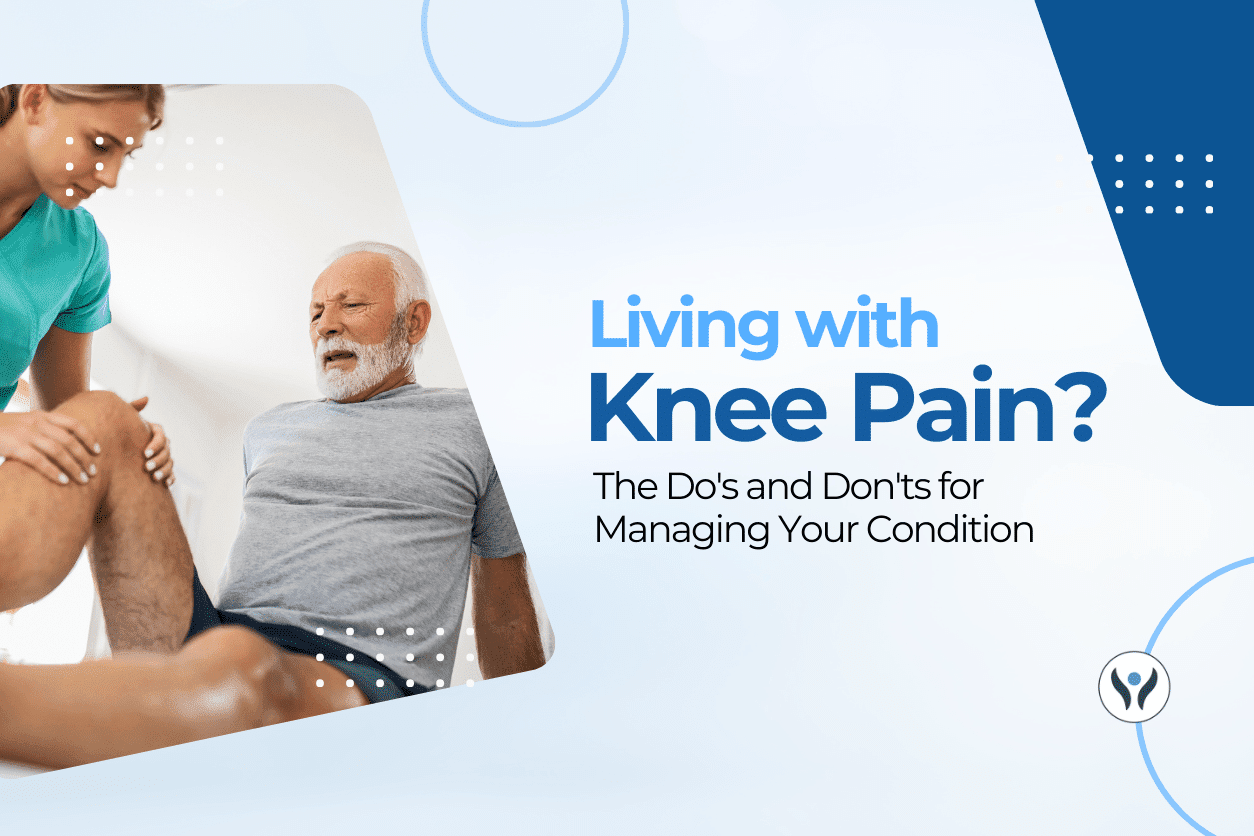Start running again with Regenerative Treatment for Runner’s knee
The Knee joint is one of the most important and strongest joints of the locomotor system of the human body. The pressure experienced by the knee joint is approximately three times the body’s weight when walking and about five times the body’s weight when running. In short, a person who weighs 80 kg puts about 400kg of pressure on the knee when landing each running stride. The immense pressure experienced by the knee, especially in runners, makes the knee more prone to injury. Iliotibial or IT band syndrome, also called runner’s knee, is a common knee injury, especially in runners. It is the second most common knee injury in runners after the jumper’s knee.
What is Iliotibial or IT band syndrome or runner’s knee?
The Iliotibial band, or IT band, is longitudinal fibrous support of the Fascia Lata. It is originating from the upper outer part of the hip and runs along the outside and lastly attaches to the top of the shinbone (tibia). When the knee bends, the IT band glides over the outside of the knee joint, including the bulbous end of the femur called the lateral condyle. If the IT band becomes tight either from strain or overuse, it can rub against the lateral condyle, causing inflammation and pain. Typically, there is sharp pain usually felt on the outer part of the knee joint.
IT band syndrome pain is usually most noticeable when the knee is bent at about 30 degrees. The outer part of the thigh feels tight, and hip and knee may be less flexible. Cyclists typically feel pain when the knee is bent at 30 degrees during the downward pedal stroke and again during the upward pedal stroke.
What is the conventional treatment for runner’s knee?
Non-surgical Regenerative treatments are usually successful in treating IT band syndrome. The Iliotibial band plays a vital role in stabilizing the knee. In the inward rotation, it also helps the hips in abduction. Conventional treatment for IT band syndrome, which is mainly palliative, includes:
Reduction in pain and inflammation
The initial treatment for the Iliotibial band syndrome include reduction of pain and inflammation using either of the following methods:
- rest,
- change of footwear,
- massage,
- proper warm-ups,
- stretching,
- NSAIDs (non-steroidal anti-inflammatory drugs,
- Change running biomechanics,
- Ultrasound and electrical muscle stimulation or Iontophoresis.
Massaging or stretching
Frequent massage on a slow roller or self-massaging machine can help to manage symptoms. The procedure is prolonged and time-consuming.
Cortisone injections
If these simple measures do not help, cortisone injections might be offered. Cortisone injections can have significant side effects causing weakness of soft tissues such as tendons and cartilage, particularly in patients receiving multiple injections per year.
Surgery
Surgery should only be the last resort. The small part of the IT band is cut, which rubs against the thigh bone (tibia). This procedure usually involves general anaesthetic and recovery is up to 6 weeks or more.
How regenerative treatment helps in Iliotibial band syndrome?
We, at Medica Stem Cells, offer Regenerative treatment which speeds up recovery time and is minimally invasive. The procedure is performed under local anaesthesia and has a speedier recovery and a lowered risk of infection or complication compared to invasive surgery.
Several studies have revealed the efficacy of Enhanced Enhanced Platelet Rich Plasma or Enhanced PRP in treating damaged ligaments and tendons. Enhanced Enhanced Platelet Rich Plasma not only manages the symptoms of IT band syndrome but also helps to promote healing of the damaged connective tissues.
Typically, people who undergo surgery continue to experience symptoms like numbness, tenderness, or reduced range of movement or reduced function. Also, the surgery has very painful post-operative recovery, which needs to be followed by rehabilitation to restore the mobility of the joint. Unlike conventional treatment, Regenerative treatment is a same-day procedure with minimal risk and rehabilitation for proper joint mobility is not required.
Regenerative treatment is an alternative treatment option which is proven to be very successful. It is used in treating various conditions, including pain in knees. Usually, patients with knee pain mainly rely on pain-killers to manage pain. However, the pain-killers do not treat the cause of pain.
Regenerative treatment, on the other hand, helps to treat the cause of pain by using the biological material that is harvested from the patient’s body to help treat injuries and other conditions. The Regenerative treatment helps in healing, regenerating tissues and in combatting pain.
Read More!!!
















